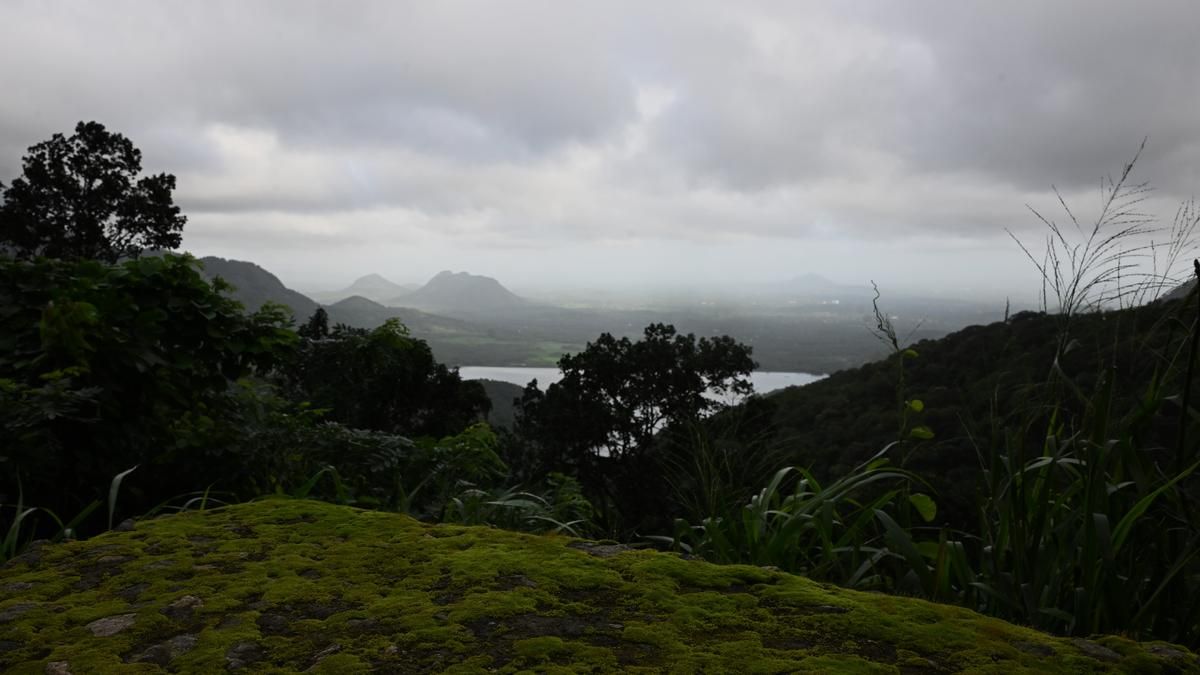IUCN puts Western Ghats, two national parks on ‘significant concern’ list

IUCN Puts Western Ghats, Manas & Sundarbans on ‘Significant Concern’ List
Context
The International Union for Conservation of Nature (IUCN) has released its World Heritage Outlook 4 (2025) report, assessing the conservation status of natural World Heritage Sites across Asia.
India’s Western Ghats, Manas National Park (Assam), and Sundarbans National Park (West Bengal) have been placed under the category of “Significant Concern”, highlighting ecological stress and management challenges.
Key Findings
- Assessment Scope: 63 natural World Heritage Sites across Asia (excluding Arab nations).
- Conservation Ratings:
- “Good” – 17%
- “Good with Some Concerns” – 51%
- “Significant Concern” – 30%
- “Critical” – 1 site (Sumatra Rainforest, Indonesia)
- India’s Status:
- Significant Concern: Western Ghats, Manas NP, Sundarbans NP
- Good with Some Concerns: Great Himalayan NP, Kaziranga NP, Keoladeo NP, Nanda Devi & Valley of Flowers NP
- Good: Khangchendzonga NP (Sikkim) – only Indian site with “Good” rating
- Trend (Since 2020):
- Sites with “Significant Concern” ↑ 4%
- Sites with “Good” ↓ 1%, “Good with Some Concerns” ↓ 3%
- Reflects declining ecological resilience and management effectiveness
Major Threats Identified
- 1. Climate Change: Now the top threat, overtaking hunting (2020).
- 2. Tourism Pressure: Remains the second-highest threat.
- 3. Invasive Alien Species: Newly entered the top three.
- 4. Roads & Railways: Now among top five threats—cause habitat fragmentation.
- 5. Land Use Change: Agricultural & urban expansion causing deforestation and habitat loss.
Specific Regional Concerns
- Western Ghats: Lost 5% evergreen forest cover in recent analysis.
- Manas NP: Affected by encroachment, illegal logging, and transboundary management issues (Bhutan border).
- Sundarbans NP: Faces sea-level rise, cyclones, and salinity intrusion (shared with Bangladesh).
Site Management Insights
- Protection & Management Effectiveness:
- Highly effective: 3%
- Mostly effective: 46%
- Some concern: 49%
- Serious concern: 2%
- Compared to 2020: Decline in “highly effective” sites (from 5% → 3%).
- Good Practices: Community-based conservation and education initiatives in sites like Mount Wuyi (China) and Sinharaja (Sri Lanka).
Analysis
The inclusion of Western Ghats, Manas, and Sundarbans in the “Significant Concern” category underscores the urgent need for integrated conservation strategies balancing biodiversity protection, tourism, and local livelihoods.
It also reflects climate-induced stress and the inadequate management of anthropogenic pressures in India’s most ecologically sensitive zones.
Conclusion
The 2025 IUCN report highlights the deteriorating ecological outlook of India’s premier biodiversity zones. While Khangchendzonga NP serves as a model of effective management, the Western Ghats, Manas, and Sundarbans exemplify the mounting pressures of climate change, developmental intrusion, and fragmented governance.
Updated - October 15, 2025 10:53 pm | The Hindu